Ten must-see brutalist buildings
Exposed concrete structures and harsh, repetitive shapes are just some of the characteristics of brutalism. This 1950s architectural movement never quite took over the world but today people are more kindly disposed towards it. While its name might not sound inviting, its appearance is, well, brutal – but in the best way. Here are ten reasons why.
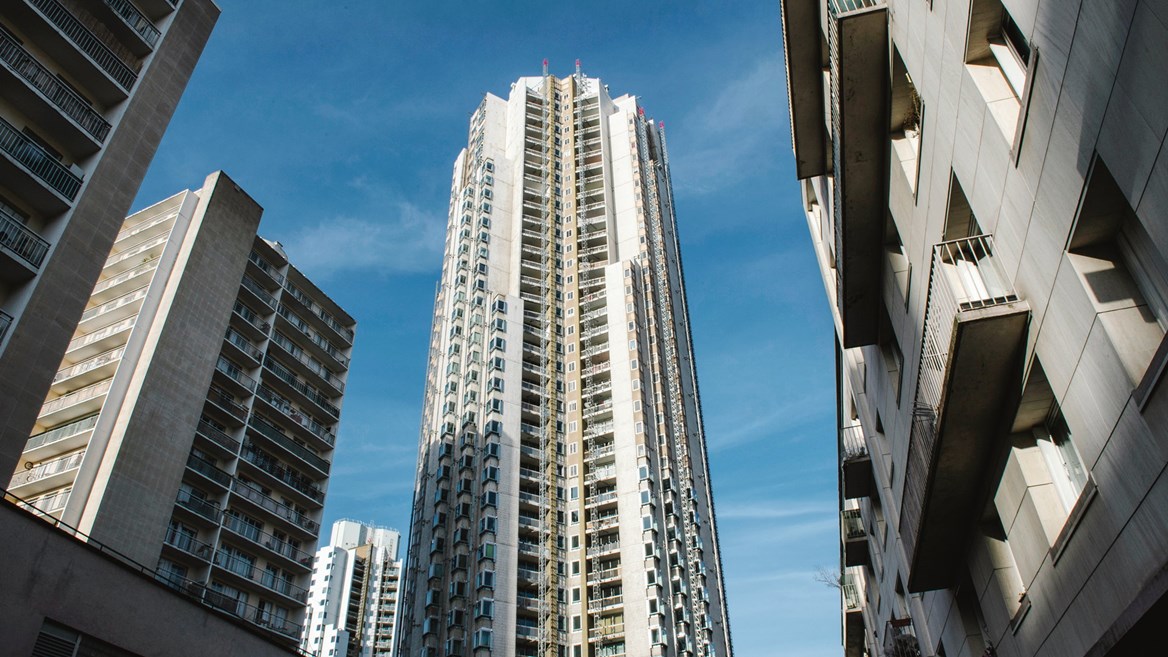
In the less tourist-friendly 19th arrondissement of Paris, just half an hour’s walk from the Sacré-Coeur, this set of buildings is known for having a striking silhouette, which is created by its geometric shapes and distinctive windows.

Built between 1956 and 1958, at the height of the brutalist movement, this 106-metre-high skyscraper is known for its mushroom-like shape. Its upper floors are wider than its base and are sustained by beams in a one-of-a-kind exposed brutalist structure.
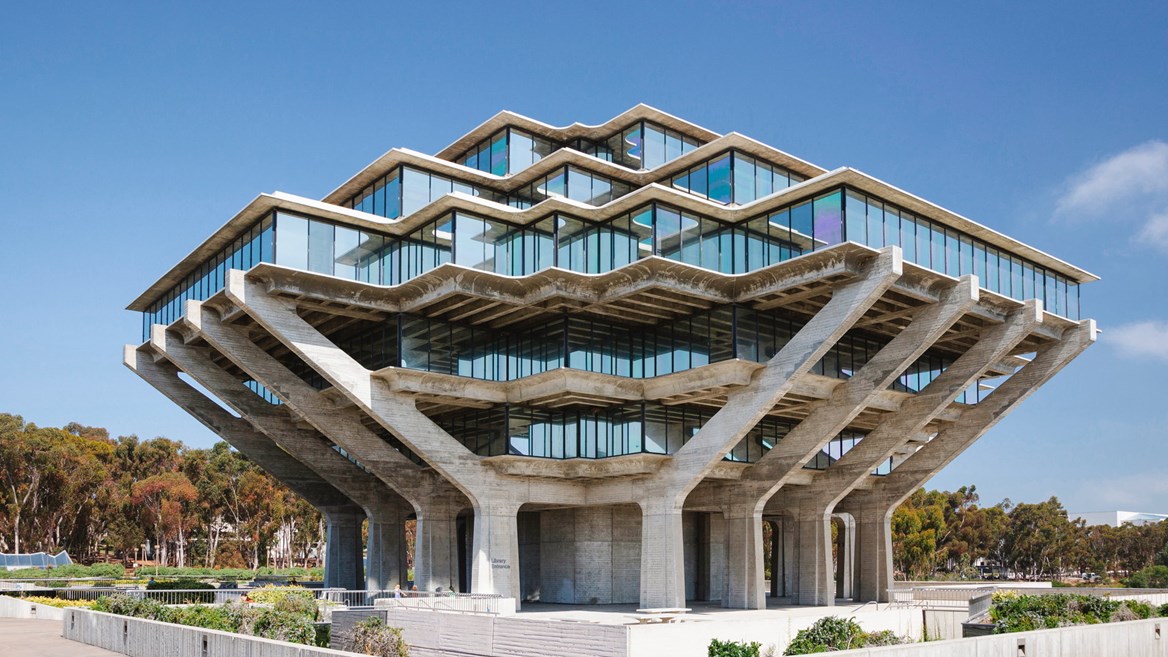
The library’s pillars of raw concrete – which gave brutalism its name (‘béton brut’ means ‘raw concrete’ in French) – and glass exterior form a silhouette similar to that of the Velasca Tower. Nevertheless, the larger beams and lower height of this building in California give it the appearance of having been constructed in two phases and they show a tendency towards futurism.
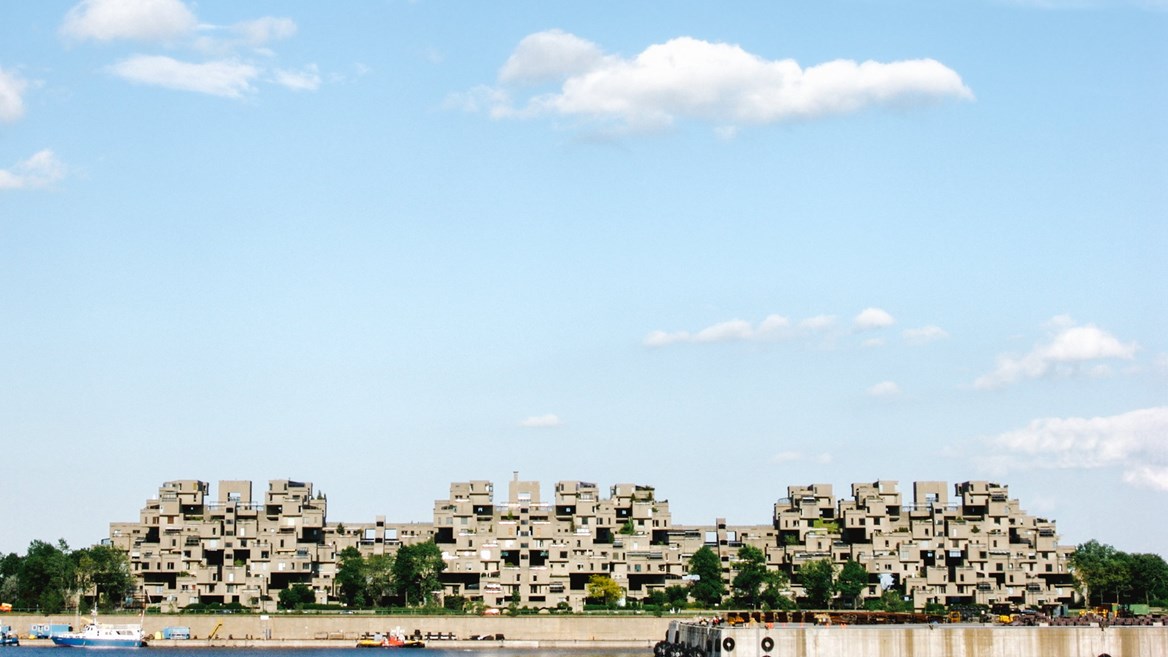
Created by the young architect Moshe Safdie for the 1967 World Expo in Montreal, this mass of concrete is an exercise in architecture in which 354 modules are joined together to create 146 residential units. Each module consists of a room that can be changed from one residence to another, based on need.
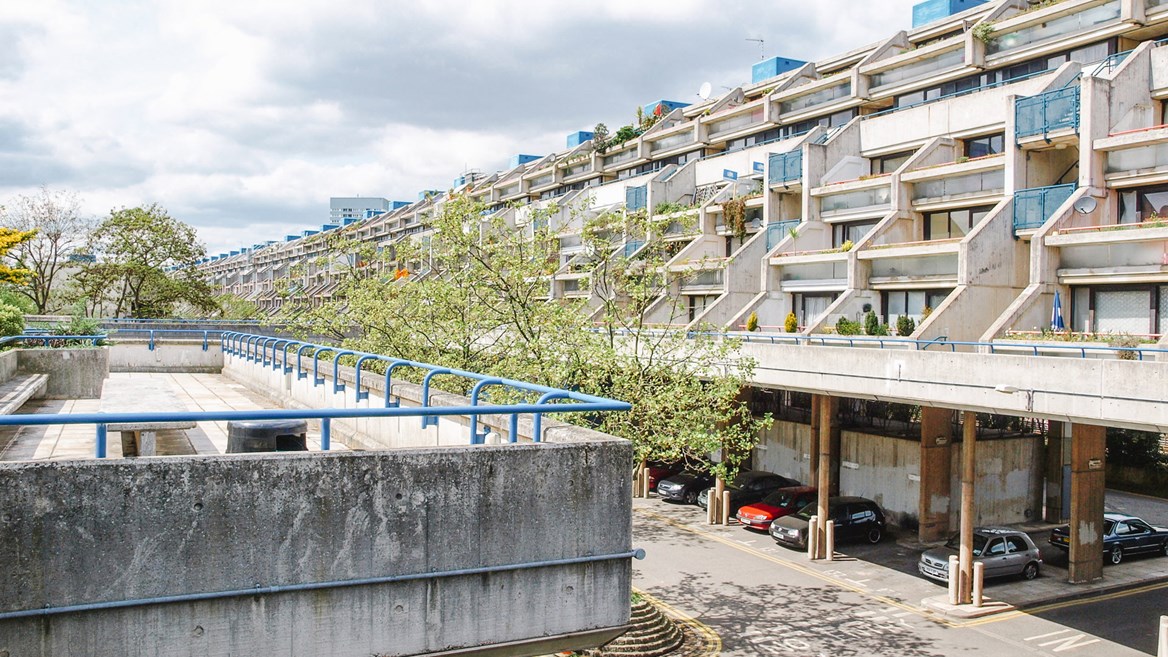
This housing estate in South Hampstead is a much lower brutalist construction than the infamous Balfron Tower. But it makes up for that in length, with 520 flats, a school, community centre and more. One of its most distinctive features is its tiered façades.
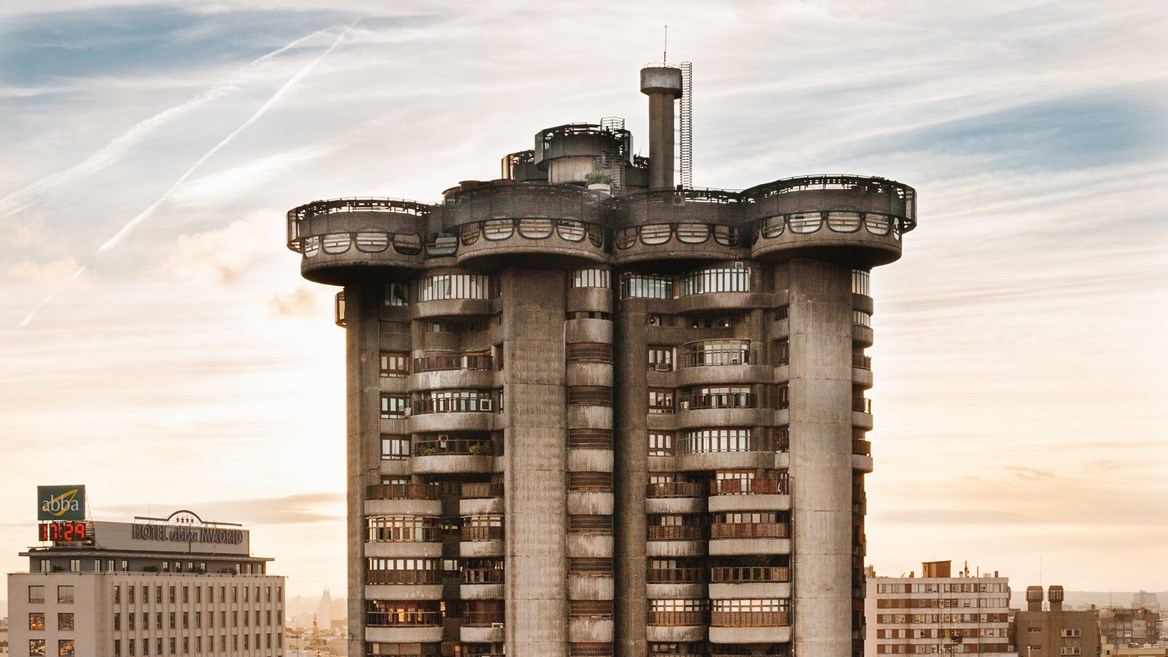
The initial design for this building was for two white structures, but spiralling costs finally resulted in one grey tower. It brought international fame to its architect Francisco Javier Sáenz de Oiza, who lived in it until his death. Its overlapping cylinders are meant to recall the growth of a tree.
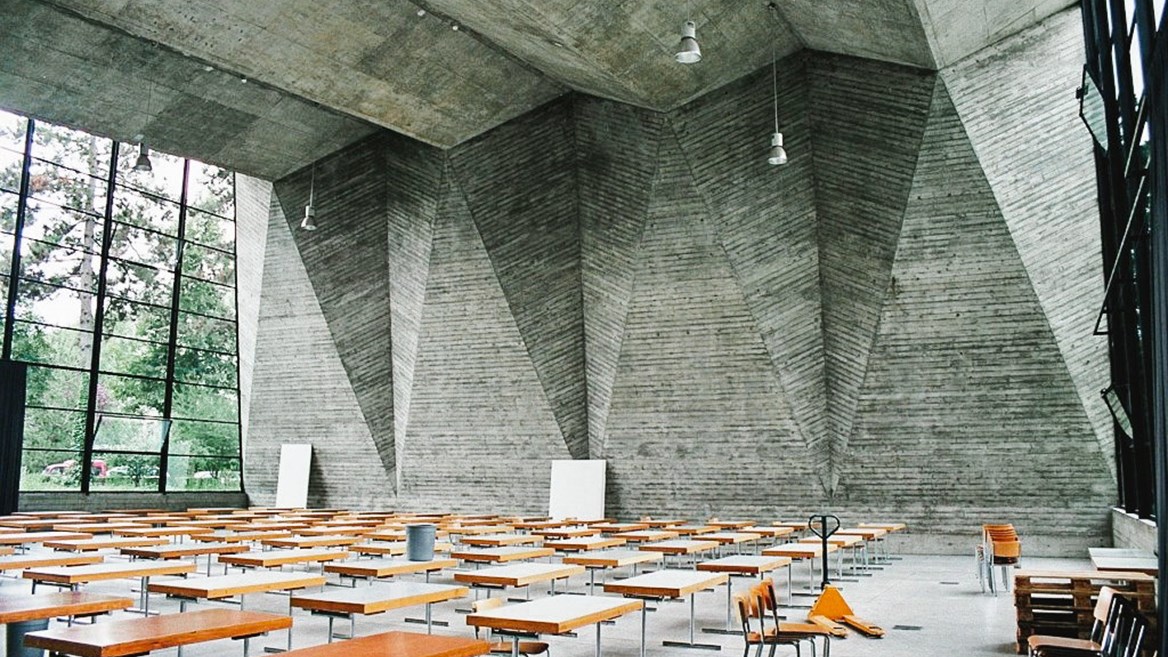
One of the only examples of brutalism in Switzerland, the headquarters of the art academy receives students and welcomes strangers with upside-down concrete pyramids that are embedded into its façade and continue inside.

It might not look like a lot of the concrete structures on this list but this complex of three interconnected skyscrapers, designed by the renowned Rem Koolhaas, is located in a city that has emerged as the birthplace of contemporary European architecture. Its hotel, shops, restaurants, offices and homes have earned it the nickname of ‘vertical city’.

Another contemporary take on brutalism, this skyscraper – the Austrian capital’s highest – is awaiting the construction of its twin, which will make up the complex known as DC Towers. Its 220 metres of height and façade of different geometric shapes break the harmony of the rest of this mass of glass.
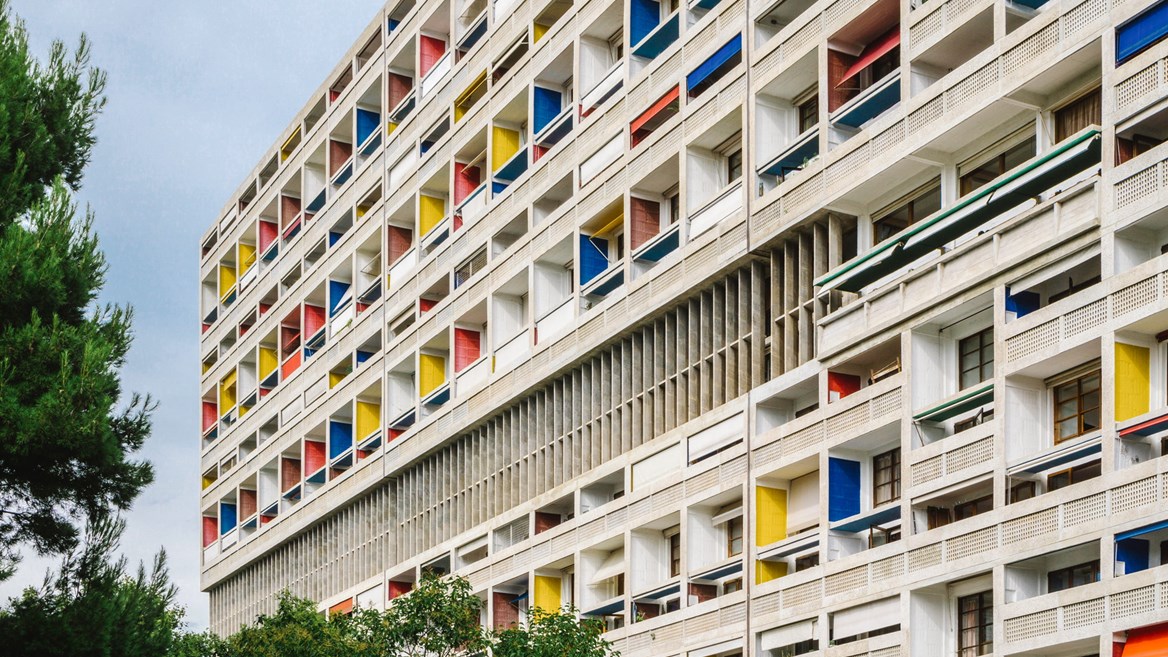
The French government’s first commission from the great Le Corbusier also has the honour of being considered the seed of the brutalist movement. Just as fascinating as its dimensions and repetitive shapes are the different colours of its balcony walls.
In the less tourist-friendly 19th arrondissement of Paris, just half an hour’s walk from the Sacré-Coeur, this set of buildings is known for having a striking silhouette, which is created by its geometric shapes and distinctive windows.











